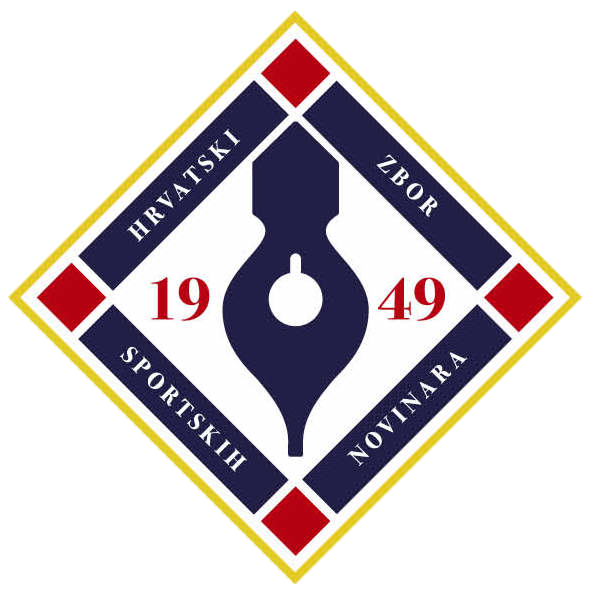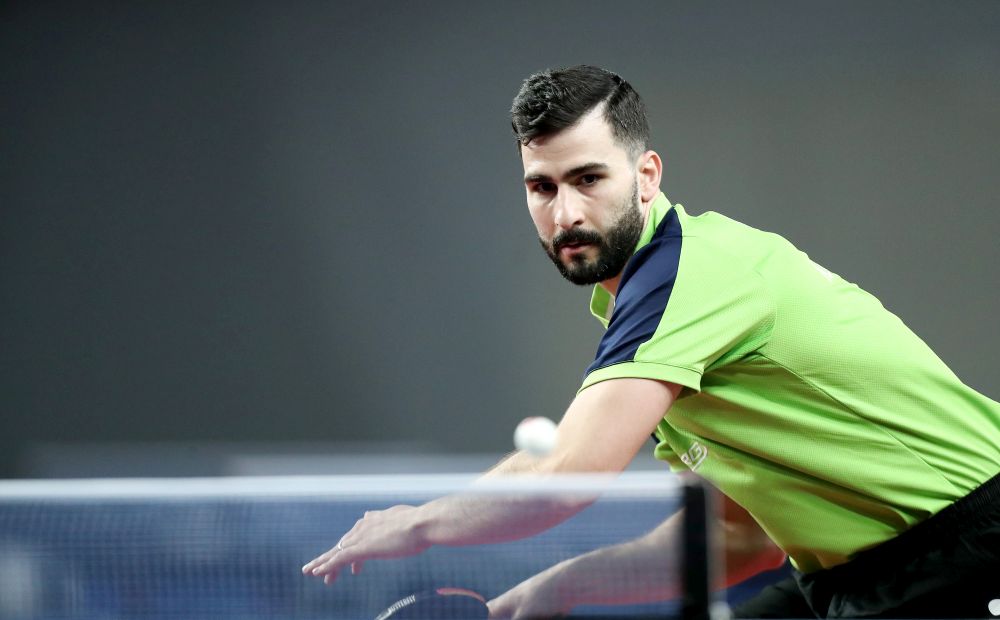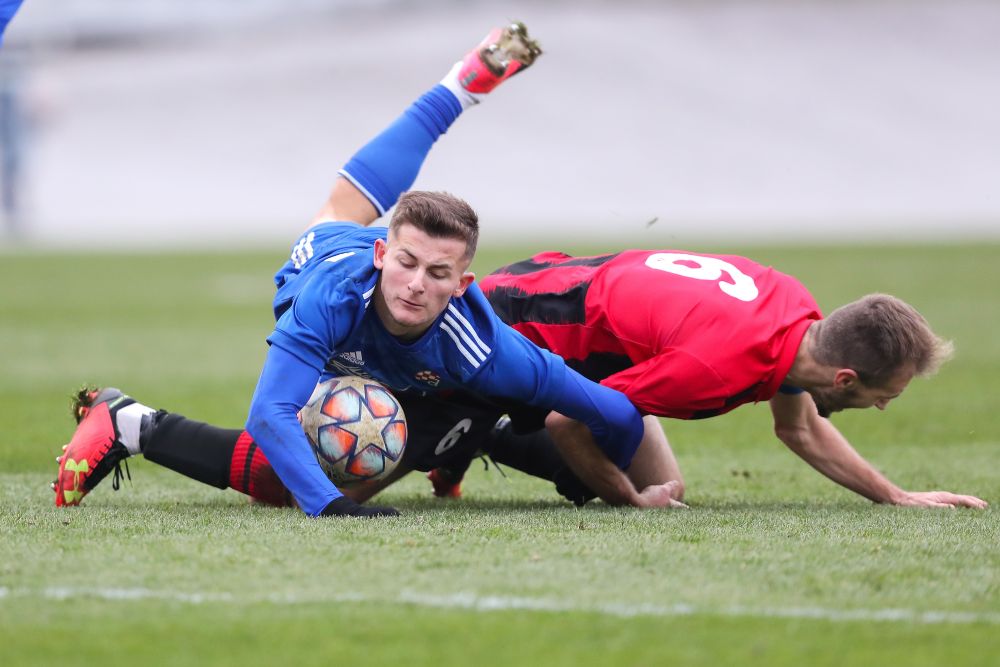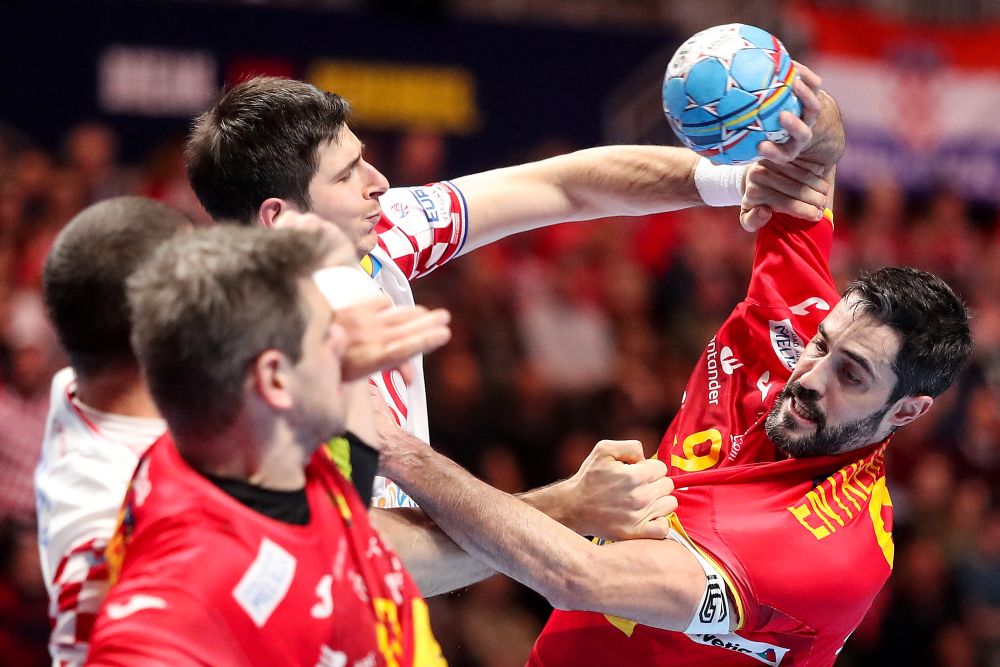BUDAPEST, February 8, 2020 – “I don’t know if a women’s voice will work in sport.” This is what 21-year-old Donna de Varona was told when she tried to make a career in sports broadcasting outside of her own sport - Sonja Nikcevic AIPS Media, Photo by Carlo Pozzoni/AIPS Media.
The year was 1968, and the Olympics in Mexico City were coming up. By then, the legendary US swimmer had two Olympic gold medals - from Rome 1964 - and 18 broken world records to her name. She had retired from the sport at 17, as America’s most successful female athlete and become the youngest sportscaster for a national network, and one of the first female sportscasters, at ABC.
She had spent 4 years proving herself to be just as talented in the broadcasting booth commentating on her sport as she was in the pool breakings its records. But when she insisted that she was ready to cover commentating at an Olympic Games in sports other than her own, she was told to stay in her place. That international sport wasn’t ready for a women’s voice to be heard everywhere.
Donna de Varona was a part of the five-person all female panel on empowering women in sports journalism held at the 83rd AIPS Congress in Budapest this week. Much has changed since 1968, but the five women on stage representing four continents - including Evelyn Watta (Kenya), Zahra Aliee (Iran) and Tímea Babos and host and moderator Zsuzsa Csistu (Hungary) - agreed that there was still much to be done.
NO LONGER AN ANOMALY
Kenyan journalist and AIPS Vice president Evelyn Watta, CNN African Journalist of the Year in 2014 now working as an editor for Africa at the Olympic Channel, highlighted how much Donna and so many other women’s pioneering days helped women in sport be considered more of a norm and less of an anomaly.
“Before in Africa, as woman sitting around a football pitch, you would be considered a bad omen, you would be there only to distract the players, and that has changed,” Watta said.
“Being a woman in the industry is no longer looked at as strange. Africa and Asia,” she added, “now actually have the highest number of female sports reporters worldwide, compared to the other continents, and so many positive steps have been taken,” Watta said, highlighting how in her first years attending an AIPS Congress it was custom for delegates to bring their partners, who would then be offered to take part in a cultural tour known as the “Ladies programme”- since changed both at AIPS and the IOC to a ‘partners’ programme’.
“When my husband first went along, all the other wives of my male colleagues thought he was the tour guide!” she said with a laugh. “That’s how rare it was for a women to be present in sport media and its decision making, to have a voice.”
SOCIETAL PRESSURE
“Today while the numbers have gone up, there is still so much pressure in society, especially in Africa, and I have seen so many promising female journalists fall to the wayside because of societal expectations. To get married, to have children, to stay away from a profession that includes so much travel and leaving your husband at home,” Watta said.
Those same societal expectations are present far and wide, beyond just Africa. It took Donna de Varona 10 years since retiring from swimming to make it as a broadcaster in other sports. In 1988 she was set to report on the Winter Olympic Games in Calgary, Canada, and in the meantime became pregnant with her son.
“I was afraid to tell my boss, and when I did, and when I said my due date was three weeks before the start of the Olympics, I was told I should stay home. When I told them that wasn’t an option, I was told I couldn’t possibly bring the baby, that he would be a distraction.”
“In the end my son was born 10 days before the start of the Olympics, and I flew with him to Calgary, and when I wasn’t given a top level producer and cameraman to work with, but a beginner, I knew I had to invest in myself. I paid for the wages of a top level producer myself, and after the Olympics was told I produced more content than any other reporter on the network.”
Watta agreed that this was the only way to succeed in a profession where so much surrounding a female reporter’s life is seen as a nuisance. “The only way forward is to have a strong will, and to continue working on yourself. To know that a women’s trajectory in sport will have curves and corners that a male’s won’t, but that our voices still need to be heard.
“In that in order for that to happen, we need to never expect something to be served to us just because we are women in sport, but that we need to earn it with our own quality, by investing in ourselves. Women need to show up show what we have and what we can do,” Watta said.
WOMEN’S TENNIS: CHANGE FROM WITHIN
To provide the perspective of a female athlete in sport was double’s tennis player and three-time Grand Slam winner, Hunagry’s Tímea Babos, whose most recent title came at the Australian Open in Melbourne just last week.
Babos, 26, explained that in the 10 years she had been on the circuit, a clear change was visible.
“Women’s tennis used to be all about the looks, about the length of the skirt and tightness of the outfits, and how well a player could photograph,” she said.
Any mention of the actual game on the court was met with comments of how boring women’s tennis was, of how it could never compete with men’s, with it’s excitement and athleticism. And just like Watta and De Varona, Babos agreed that the change had to come from within.
“Our only way to change the view on the women’s game was to improve ourselves and our sport. We’ve improved our tennis and no one can say that we aren’t real athletes and that women’s tennis is boring. It was on us to bring it to another level, and we can now say that because of it we are respected much more.
BEING ALLOWED IN
“We have passed through the last gate; we are happy, the happiest women on earth. We are where we have been dreaming for years. There will no longer be obstacles at our feet and we can go straight to the press room.”
This is just one small, chilling excerpt of Zahra Aillee’s article “A story of the women's historical day in the forbidden place “‘Azadi’" that was awarded with third place in the Best Column category of the AIPS Awards. Zahra was one of the first five female journalists to be allowed into Tehran’s famed Azadi stadium. November 10, 2018 will be remembered as a historic day for Iran and international sport – as women journalists and fans, were legally allowed into a football stadium for the first time, for the final of the AFC Champions League.
Over a year later, there is still no regulation in Iran that allows women to enter football stadiums legally. The sporting world celebrated when 3,500 female fans were allowed to buy tickets for Iran’s World Cup qualifier on October 10, 2019, but Zahra explained that in essence nothing has changed for good, and that women are still not allowed to attend matches of the Iranian league, which is a crucial step, and that even when they are allowed, as in October earlier this year, they are caged, separated, almost as if seen with a target on their backs.
HOPE AND RESPONSIBILITY
“I hope that one day I can enter into a stadium and go wherever I want to go. Iran needs to find a way to solve this issue, because actually they are not issues, they are basic human rights,” Zahra told the over 300 journalists present.
And she is right. It is Zahra’s human right to be allowed into any sporting venue that her colleagues on the stage from USA, Kenya, and Hungary are. As a professional doing her job, or simply as a fan. And it is the right of all five of those women on stage, and of every young girl with the passion for sports that Zahra brought to life so well in her article, to have the same opportunities in sports journalism as any of their male colleagues gathered for the AIPS Congress in Budapest. In organizing panels like these, where women’s voices, their experiences and their rights are the protagonists, the AIPS Congress is raising its own voice on a crucial issue for the entire profession.

 EN
EN HR
HR






































